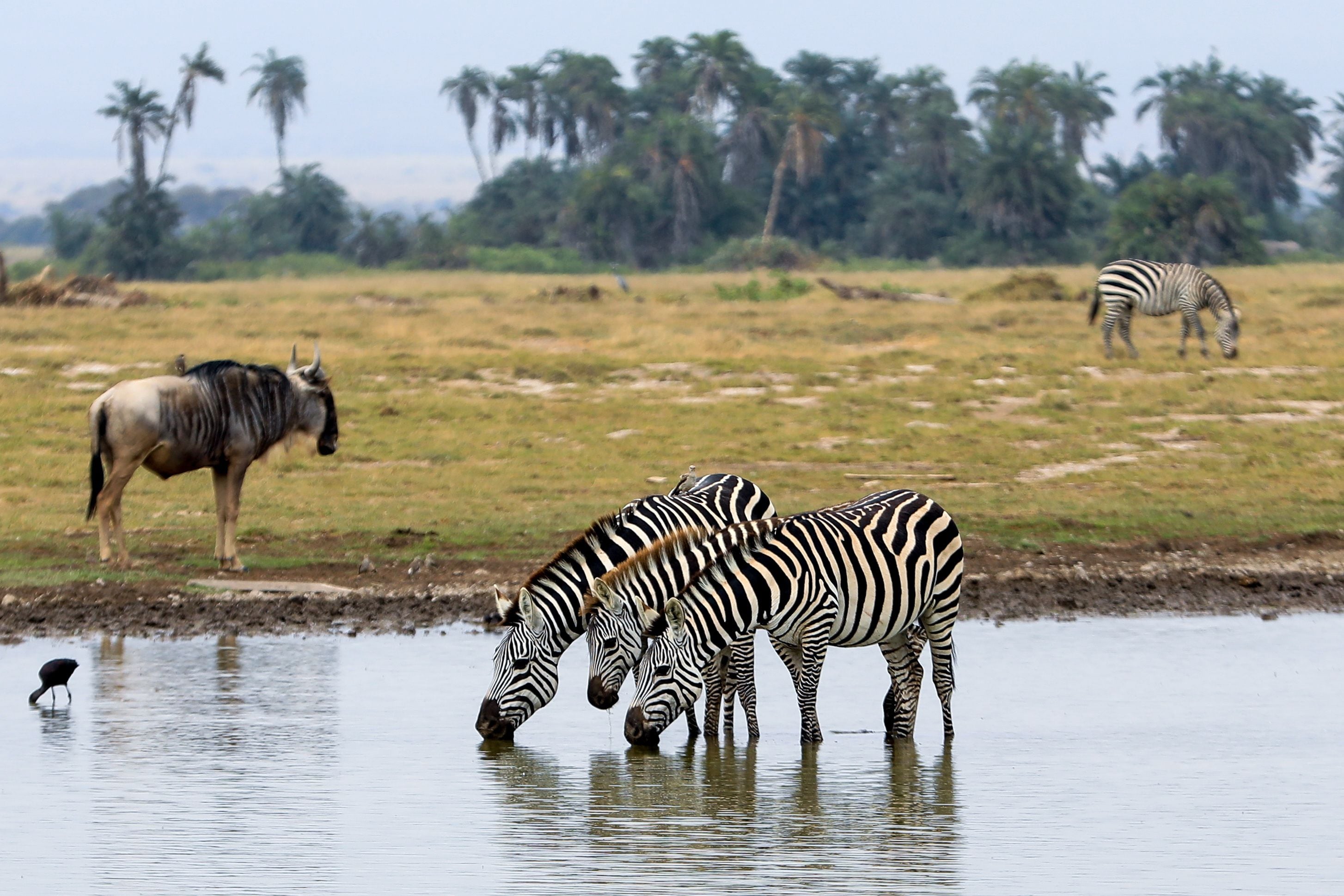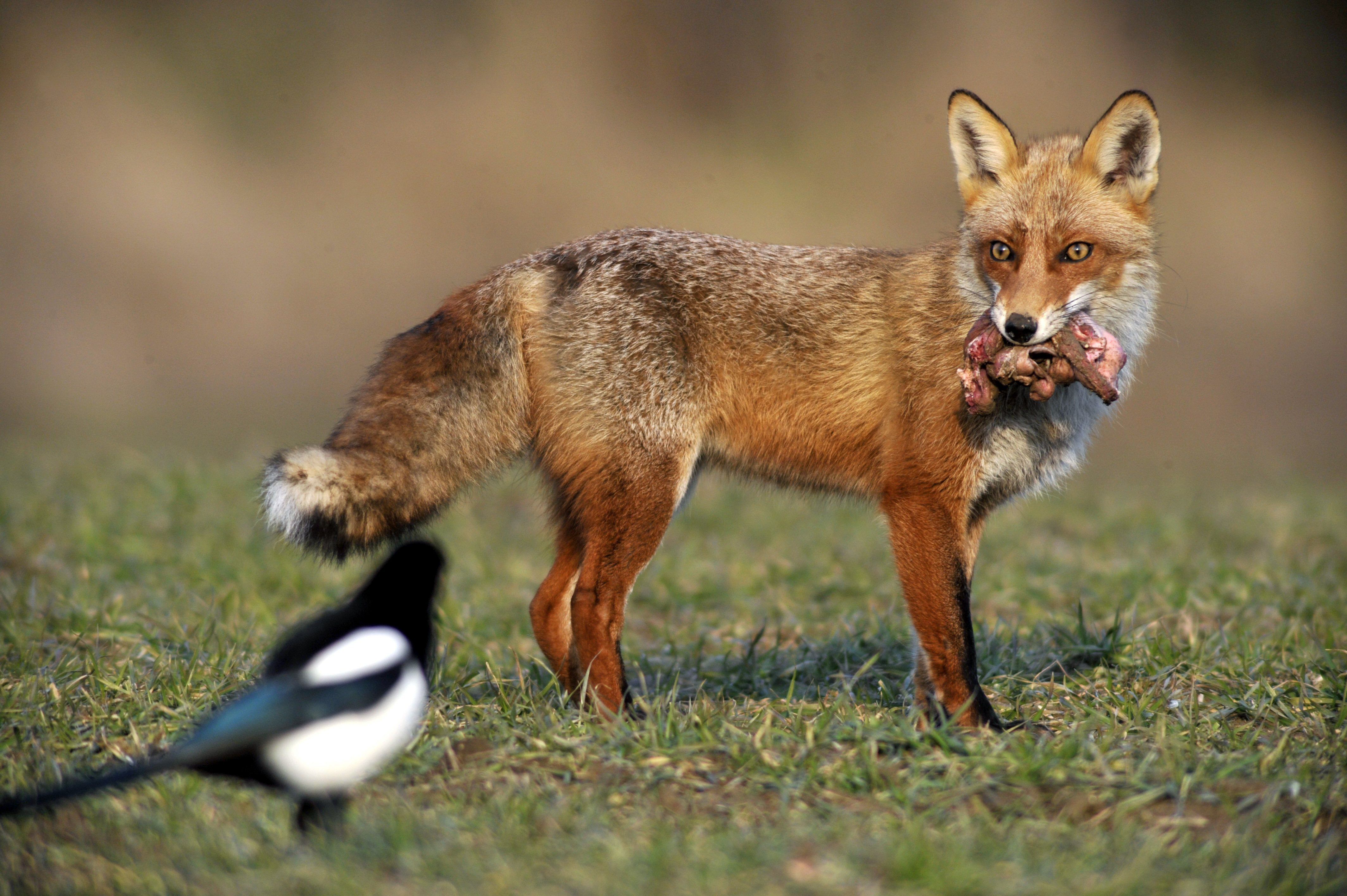
The SARS-CoV-2 pandemic has raised increased concern about the transmission of pathogens from humans to animals and their potential to threaten conservation and public health. To assess this threat, a group of scientists from Colorado State University conducted research that has just been published in Ecology Letters where they describe nearly 100 different cases in which diseases have been reverted from humans to wildlife, just as SARS-CoV-2 has been able to spread on mink, lion and tiger farms from zoos and wild white-tailed deer.
The specialists reviewed documents of published evidence of human-to-wildlife transmission events, focusing on how such events could threaten animal and human health. They identified 97 verified examples, involving a wide range of pathogens; however, the reported hosts were mostly non-human primates or large, long-lived captive animals. Relatively few documented examples resulted in morbidity and mortality, and very few led to the maintenance of a human pathogen in a new reservoir or a subsequent “secondary overflow” back to humans.
COVID-19 originally passed from other animals to people, but diseases have also spread in the opposite direction, and such “spill” events are described in those nearly 100 studies that specialists managed to collect and verify. “Documented reports of people transmitting disease to other animals are probably just the tip of the iceberg,” explains Anna Fagre, from the Department of Microbiology, Immunology and Pathology at the Colorado State University School of Veterinary Medicine and Biomedical Sciences, first author of the research.

The Fagre team searched in previously published research for all articles describing the transmission of diseases from humans to animals that did not involve the new coronavirus. The group identified and evaluated those 97 reports involving bacteria, viruses, fungi and parasites. Of these cases, 57 included transmission to primates, probably because it is easier for pathogens to jump between humans and more closely related species.
Many of the transmission events involved zoo animals, for example, a cheetah that contracted a strain of human flu. But they also involved wild animals, such as mountain gorillas in Uganda that contracted several bacterial infections that cause diarrhea.
There were no confirmed cases of a disease that intersected with an animal species and continued to spread between individuals. But several wild skunks have been found to be infected with human influenza, suggesting that there may be continuous transmission. And the virus that causes COVID-19 is now spreading widely among white-tailed deer in North America.

There is a possibility that these diseases can harm affected animals, but there is also a danger that the human pathogen will mutate while in another host and become more dangerous for people, if it crosses humans again. “I think there is much more transmission than we are currently capturing,” says Fagre. When we're not doing solid sampling, there are a lot of paths we could be missing.”
The original host of COVID-19 seems to have been the bats, “although there may have been an intermediate stage in the pangolins before it came to us,” continues Fagre. From humans, the coronavirus seems to have passed to pets such as cats and also to farm minks, which led to a mass slaughter in Denmark in 2020, due to fears that the virus in minks could mutate into a more dangerous variant. Some data suggest that white-tailed deer have returned the virus to humans in at least one case, and many scientists have expressed broader concerns that new animal reservoirs may give the virus additional opportunities to develop new variants.
At a new stage, scientists are starting to use artificial intelligence to anticipate which species might be at risk of contracting the virus. When the researchers compared the species that had been infected with SARS-CoV-2 with the predictions made by other researchers at the beginning of the pandemic, they found that it was feasible, on a first approximation, to follow up accurately. On that path is the next investigation of this work team.
KEEP READING:
Últimas Noticias
Debanhi Escobar: they secured the motel where she was found lifeless in a cistern

The oldest person in the world died at the age of 119

Macabre find in CDMX: they left a body bagged and tied in a taxi
The eagles of America will face Manchester City in a duel of legends. Here are the details

Why is it good to bring dogs out to know the world when they are puppies




